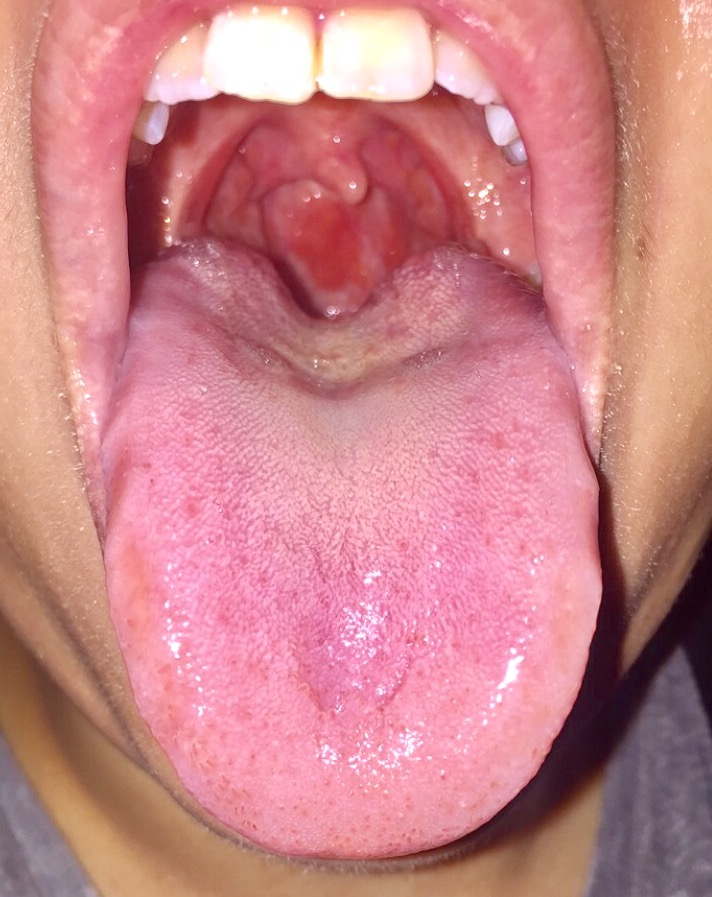

Persons should consider their sex at birth and current anatomy (especially presence of a cervix/vagina) and consult with their own clinician, if necessary, to determine which recommendation best applies to them. In this recommendation statement, the recommendations are stratified by “men” and “women,” although the net benefit estimates are driven by biological sex (ie, male/female) rather than gender identity. This recommendation applies to asymptomatic, sexually active adolescents and adults, including pregnant persons.

12 Both types of infection can increase risk of acquiring or transmitting HIV. 8-11 Men are often asymptomatic however, gonorrhea is more likely than chlamydia to cause symptoms in men than in women. 6, 7 Infection in men may lead to urethritis and epididymitis. 3-5 Newborns of pregnant persons with untreated infection may develop neonatal chlamydial pneumonia or gonococcal or chlamydial ophthalmia. 1, 2Ĭhlamydial and gonococcal infections in women are usually asymptomatic and may lead to pelvic inflammatory disease (PID) and its associated complications, such as ectopic pregnancy, infertility, and chronic pelvic pain. In 2019 almost two-thirds (61.0%) of all reported chlamydia infections, and in 2018 more than half (54.1%) of new gonococcal infections, were among persons aged 15 to 24 years. Infection rates are highest among adolescents and young adults of both sexes.

Gonorrhea infection was more prevalent in men (224.4 cases per 100,000 men) than in women (152.6 cases per 100,000 women). The rate of chlamydia infection among women (698.9 cases per 100,000 women) was nearly double the rate among men (399.9 cases per 100,000 men). 1 Approximately 1.8 million cases of chlamydia and more than 600,000 cases of gonorrhea were reported to the Centers for Disease Control and Prevention (CDC) in 2019. Chlamydia and gonorrhea are among the most common sexually transmitted infections (STIs) in the US.


 0 kommentar(er)
0 kommentar(er)
